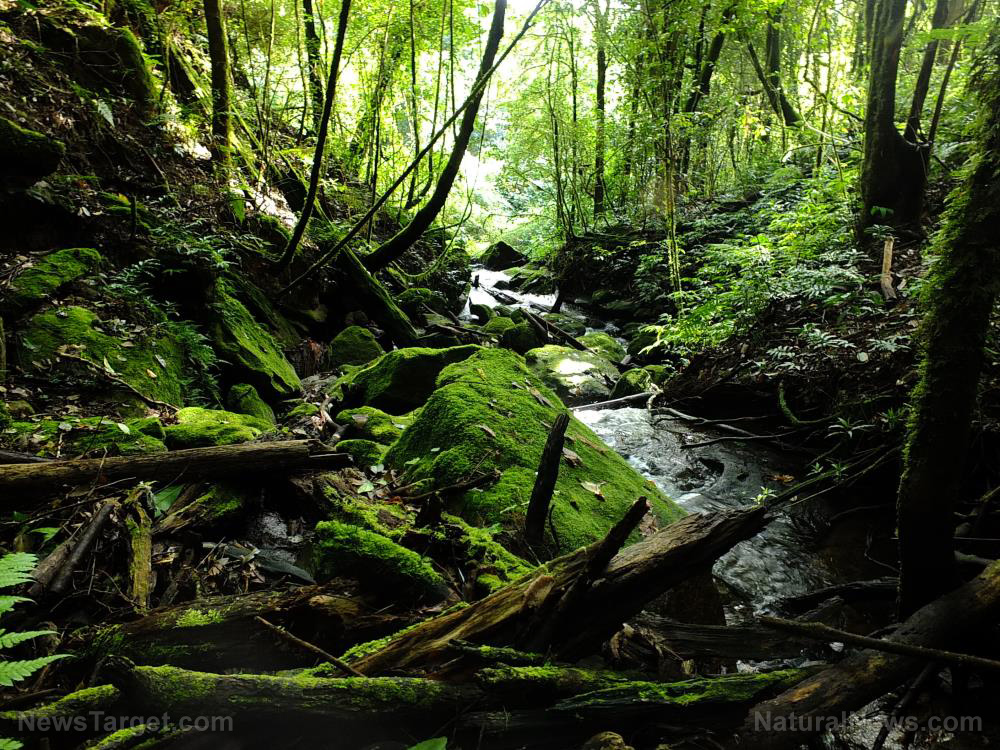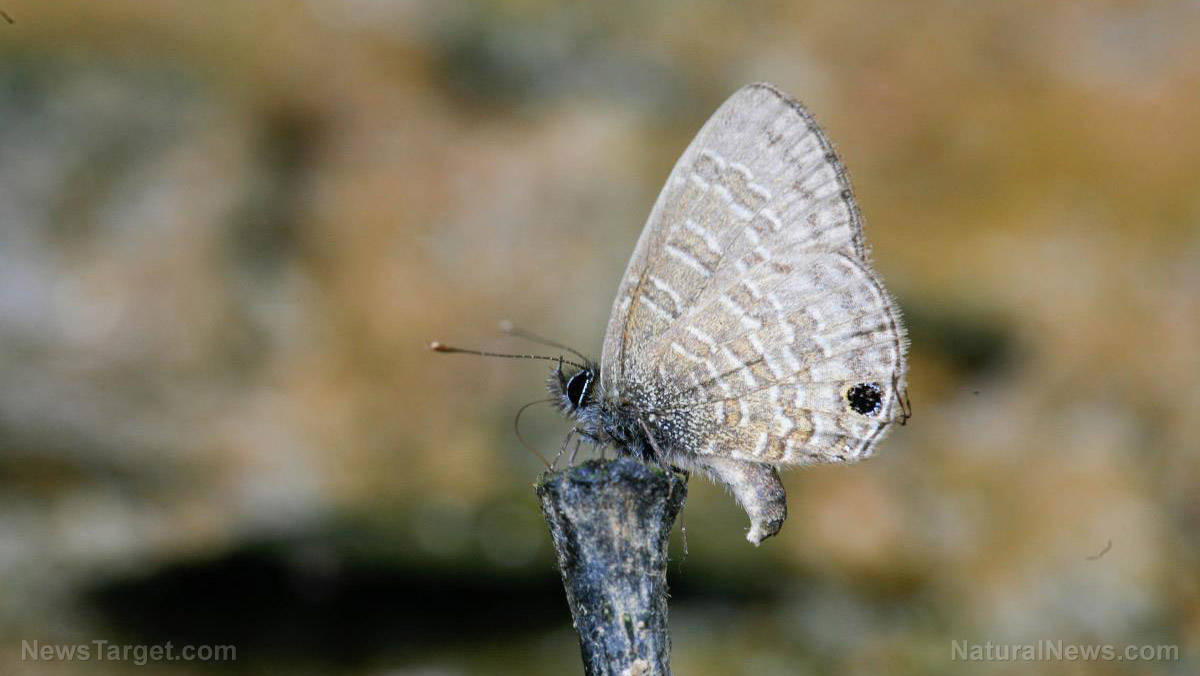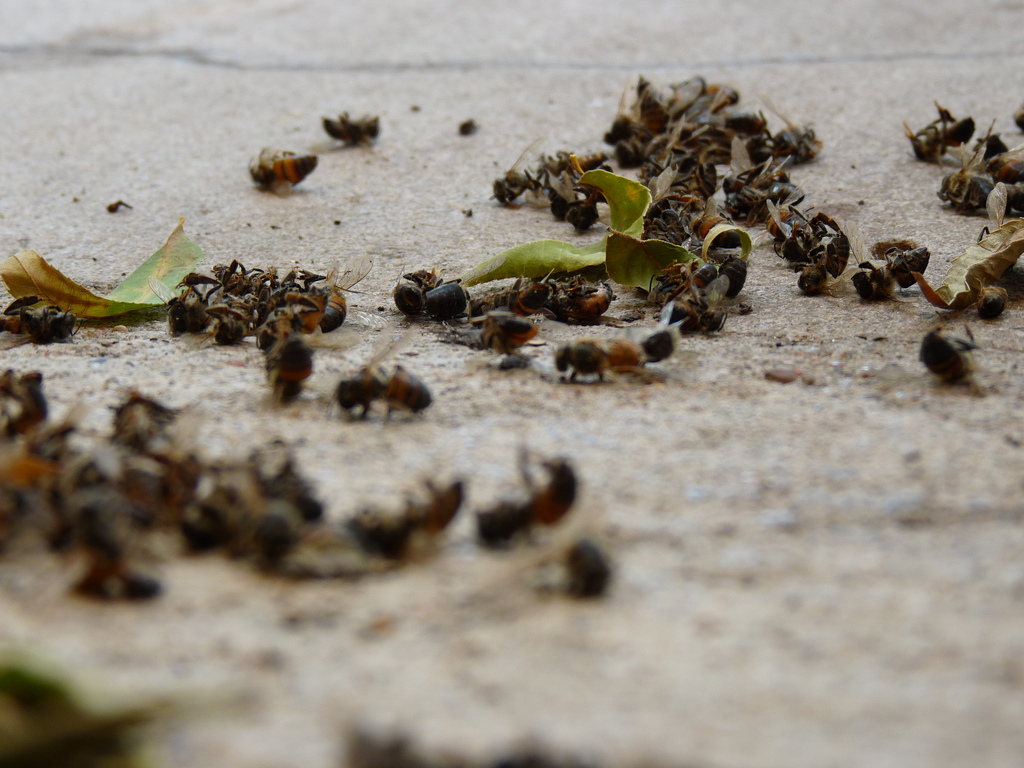
The discovery has led the scientists to suggest that, rather than examining trees as individuals, future research should look into how trees in a wide area can share root systems and form a “superorganism.”
The tree stump's roots have connected to other trees
Sebastian Leuzinger, an associate professor at the Auckland University of Technology (AUT), and his colleague Martin Bader, a senior lecturer at AUT, came upon the tree stump of a kauri tree (Agathis australis) while they were hiking in the western portions of Auckland, New Zealand.
“It was odd, because even though the stump didn't have any foliage, it was alive,” said Leuzinger. He and Bader measured the water flow in the stump and found that it was receiving water from its neighboring trees, all of which are from the same species. (Related: Protecting old trees: Self-contained ecosystems, the majestic giants clean more air and produce more offspring than younger trees.)
Upon closer inspection and even more digging, they found that the tree stump's roots were grafted together with the roots of neighboring trees. Root grafting is quote common among trees. They can form between living trees of the same species to allow for the exchange of resources. Leuzinger and Bader, however, were curious to determine why exactly the other kauri trees in the area would want to keep a nearby tree stump alive.
This, Leuzinger emphasized, was different from how trees would normally operate. Instead of relying on the water taken from the atmosphere, the kauri tree stump followed what its neighboring trees were doing because of its own lack of leaves.
For the stump, Leuzinger said, root grafting helped it stay alive. Without the water provided by the neighboring trees, it would be dead.
“But why would the green trees keep their grandpa tree alive on the forest floor while it doesn't seem to provide anything for its host trees?”
The altruism of the trees
One explanation, Leuzinger argued, is that the root grafts may have formed before the tree stump lost its leaves. Once the different roots have grafted together, they may expand, allowing them to share more and more resources with each other. If the tree stump had, at some point in its life, stopped providing nutrients to the other trees, this may have gone unnoticed, allowing it to continue living off the labor of the surrounding, fully intact kauri trees.
One other explanation is that the root grafting increases the stability of the trees, especially if they're living on a steep forest slope.
Leuzinger further explained that their discovery has far-reaching consequences, in that future researchers should begin dealing with trees not as individuals; instead, they should look at forests as whole “superorganisms.”
Leuzinger explained that, for example, during a drought, trees that don't have as much access to water may have roots that are connected to those with more access to water. This allows them to share resources and increase the forest's chance of surviving the environmental disaster.
However, one disadvantage to root grafting is that it could also allow for the rapid spread of diseases, such as the kauri dieback, a disease caused by a fungus-like organism that infects and damages the tissues in kauri roots, starving them to death.
Leuzinger hopes to do more research in the western Auckland region, hoping to find more tree stumps being kept alive by its neighbors.
Sources include:
Please contact us for more information.























